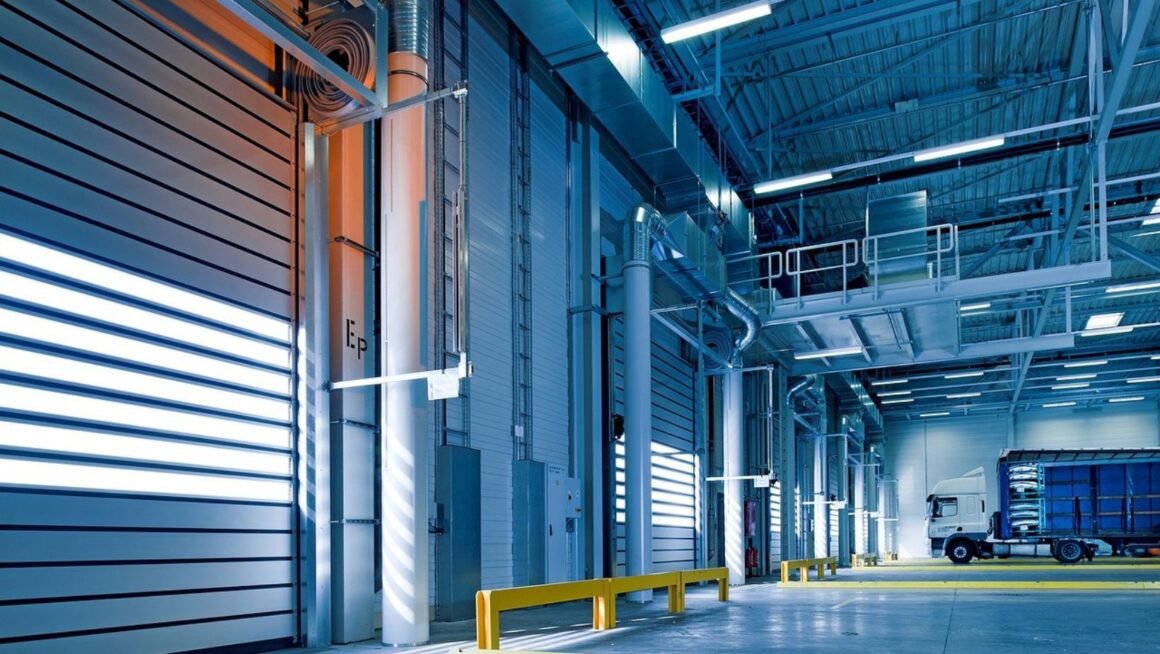Selecting the right work platform is crucial to ensure both peak efficiency and safety in your projects. You might feel overwhelmed by the variety of options available, but understanding key factors can guide you to the best choice. By prioritizing compatibility with your specific tasks and focusing on safety features, you can maximize productivity and protect your team effectively.
Assess Job Requirements
Understanding job requirements is essential when selecting work platforms because it ensures the equipment matches the specific needs of the task, enhancing both efficiency and safety. The manufacturers from ErectaStep can explain how a clear assessment helps identify the height, weight capacity, and mobility necessary for the project, preventing costly delays or accidents caused by inappropriate tools. Begin by outlining the tasks involved, considering the work environment, surface conditions, and potential hazards.
Evaluate the duration and frequency of use, as these factors influence the platform’s durability and maintenance needs. Also, take into account worker proficiency and training, as complex platforms may require specialized skills. By thoroughly assessing these elements, you can select a work platform that aligns closely with the job’s needs, ensuring a safe and productive work environment.
Ensure Load Capacity and Stability
Load capacity and stability are paramount when choosing work platforms, as they directly impact safety and functionality. A platform must support the maximum expected load, including workers, tools, and materials, to prevent structural failure. Exceeding load capacity can lead to dangerous accidents and operational delays. Stability is equally critical, ensuring the platform remains secure during use. It minimizes the risk of tipping, swaying, or collapsing, especially in environments with uneven surfaces or dynamic loads.
To ensure these factors, start by accurately calculating the total weight and choosing a platform with adequate capacity. Inspect equipment specifications for load ratings and stability features like outriggers or guardrails. Regular maintenance and inspection routines are also essential to keep platforms in optimal condition, ensuring both load capacity and stability are maintained, and protecting both workers and projects from unforeseen hazards.
Check Compliance with Safety Standards
Adhering to safety standards is an essential aspect of any business. Here ar some concerning work platforms:

- Visual inspection
- Platform structure
- Load capacity verification
- Guardrails and fall protection
- Electrical & hydraulic systems
- Safety gear
- Safe access
- Stability & movement
- Environmental conditions
- Storage
- Training verification
- Maintenance records
Safety standards ensure a consistent benchmark for performance and protection, minimizing accident risks. Adhering to them guarantees that platforms are equipped with necessary safety features like guardrails and fall protection, properly maintained, and suitable for intended tasks. Compliance with safety standards also promotes a culture of safety, reduces liability, and enhances worker confidence and productivity on the job site.
Prioritize Mobility and Adjustability
Mobility and adjustability are vital for choosing work platforms as they enhance versatility and efficiency on site. Platforms capable of easy movement reduce downtime associated with repositioning, thereby increasing productivity. Adjustable features such as height or angle expand the platform’s usability across varied tasks, facilitating access to different elevations and areas.
To prioritize these aspects, assess the project’s scope for required positioning flexibility and the frequency of adjustment needed. Look for platforms with features like wheels, adjustable legs, or modular components. Ensure these platforms remain stable when relocated or reconfigured, emphasizing safety and performance. Select options that align with the specific needs of your work environment.
Inspect Before Use
An inspection can identify all potential faults or wear that might compromise safety. Regular inspections detect issues such as structural damage, loose connections, or worn-out components, which, if left unaddressed, could lead to accidents or breakdowns. These inspections confirm that the platform adheres to its load capacity ratings and safety standards, guaranteeing a secure working environment.
To perform an effective inspection, start with a visual check for any visible damage. Verify the condition of guardrails, ladders, wheels, and any adjustable parts. Test stability and movement mechanisms, ensuring everything is functioning correctly. Maintain detailed records of all inspections to track maintenance histories and identify recurring issues, facilitating proactive upgrades or replacements.
Train Your Team
Training equips workers with the necessary skills and knowledge to operate specialized equipment correctly. Adequate training ensures that employees understand how to handle platforms’ features, such as load capacity, mobility, and safety mechanisms like guardrails. This minimizes the risk of accidents and equipment misuse. To conduct effective training, start by providing comprehensive instruction manuals and safety guidelines.

Organize hands-on workshops where workers can practice under supervision. Use visual aids and demonstrations to reinforce critical concepts. Continuously evaluate and update training programs to incorporate new technologies or changes in safety standards, ensuring that the workforce is always informed and competent in handling work platforms.
In conclusion, by carefully evaluating work platforms for efficiency and safety, you ensure a productive and hazard-free work environment. Focus on load capacity, stability, and compliance with regulations, while emphasizing mobility and adjustability. Implement regular inspections and thorough training. Through these strategies, you maximize efficiency, protect your team, and achieve successful project outcomes.



